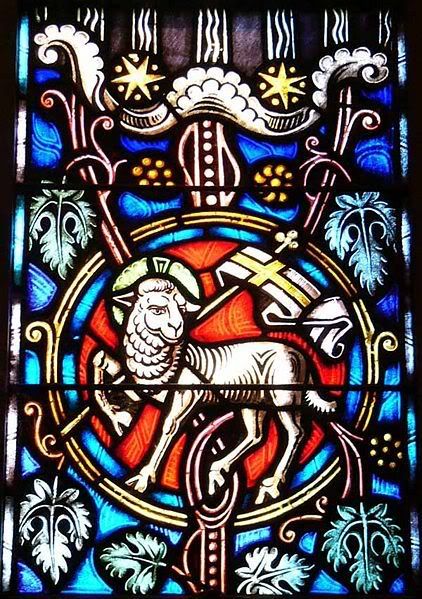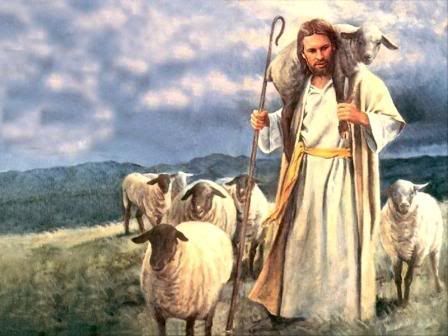
Sheep are common symbols in culture and religion. In Catal Huyuk in ancient Turkey, clay heads of rams, along with heads of bulls, are found in shrines 8,000 years old (Budlansky 1992). The ancient Egyptian fertility god Heryshaf was depicted as a man with the head of a ram. In Chinese Buddhism, the ram was one of the animals that attended the birth of Buddha and is honored by being one of the signs of the Chinese zodiac. The ram Aries, is also one of the signs of the Western zodiac.

The three Abrahamic religions, Judaism, Christianity, and Islam, developed in the sheepherding areas of the Middle East and sheep and sheepherding play important parts in all three. According to the Bible, Abraham, Jacob, Moses, and David all worked as shepherds. In Judaism, lamb is traditionally eaten at Passover to commemorate the Hebrews' escape from Egypt. Abraham's sacrifice of a ram, which was substituted for his son, is commemorated by Muslims each year in the festival of Eid ul-Adha. Sheep are mentioned symbolically in the Bible many times; perhaps most famously in Psalm 23, which begins "The Lord is my shepherd." In Christianity, shepherds attended the birth of Jesus, and he is referred to as the Good Shepherd and the Lamb of God.

The lamb or sheep on the shoulders of the Good Shepherd is a symbol of the soul of the deceased being borne by Our Lord into heaven; whereas the two sheep accompanying the Shepherd represent the saints already enjoying eternal bliss.
No comments:
Post a Comment